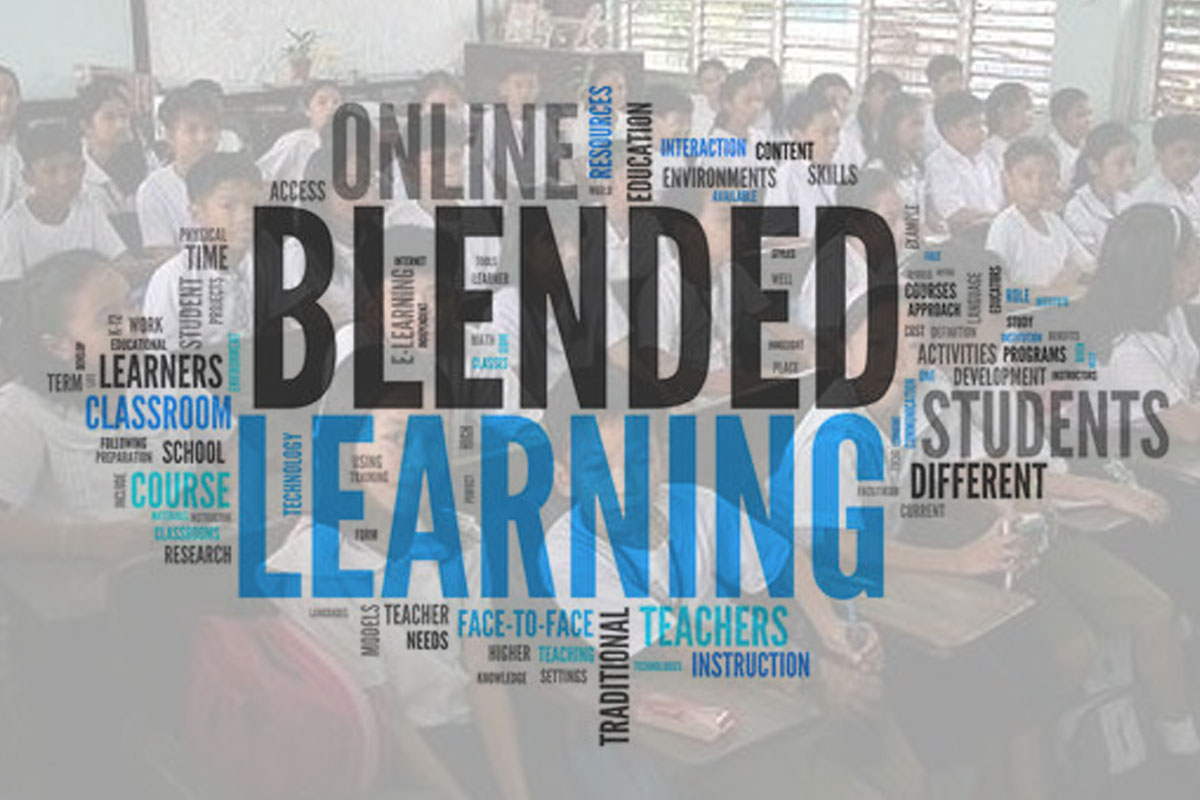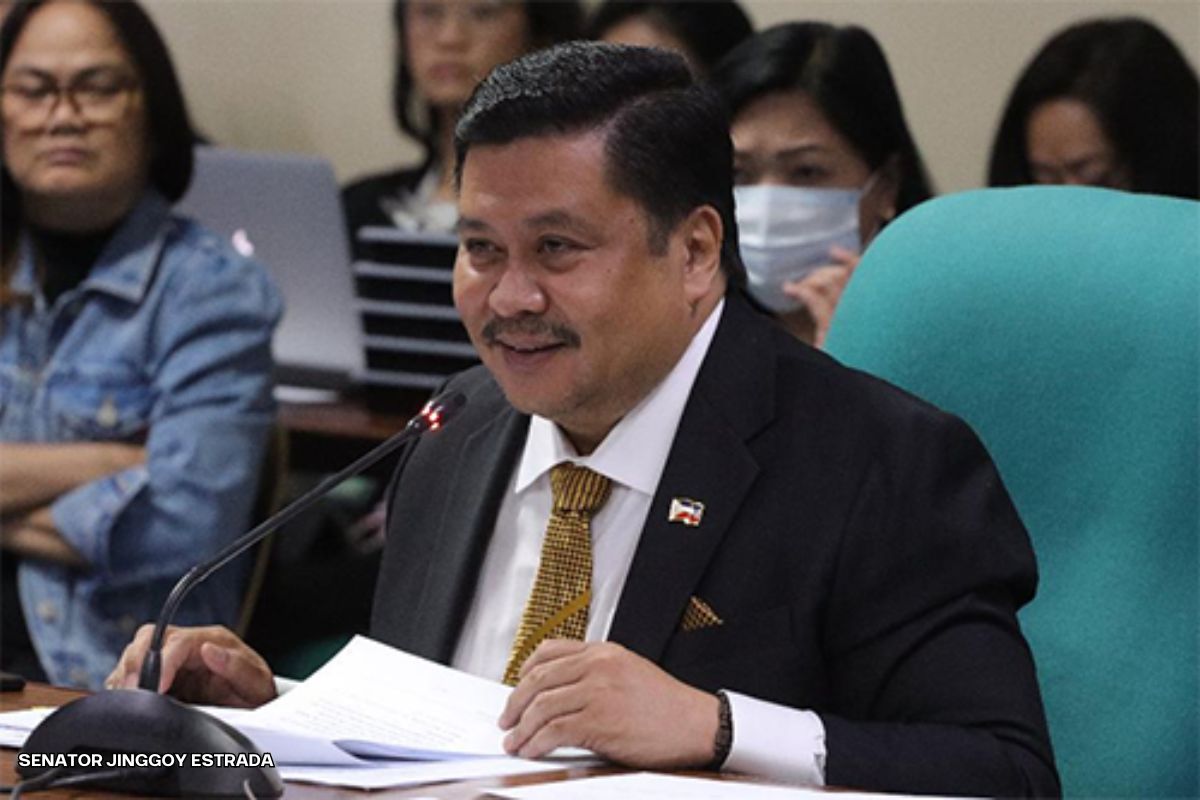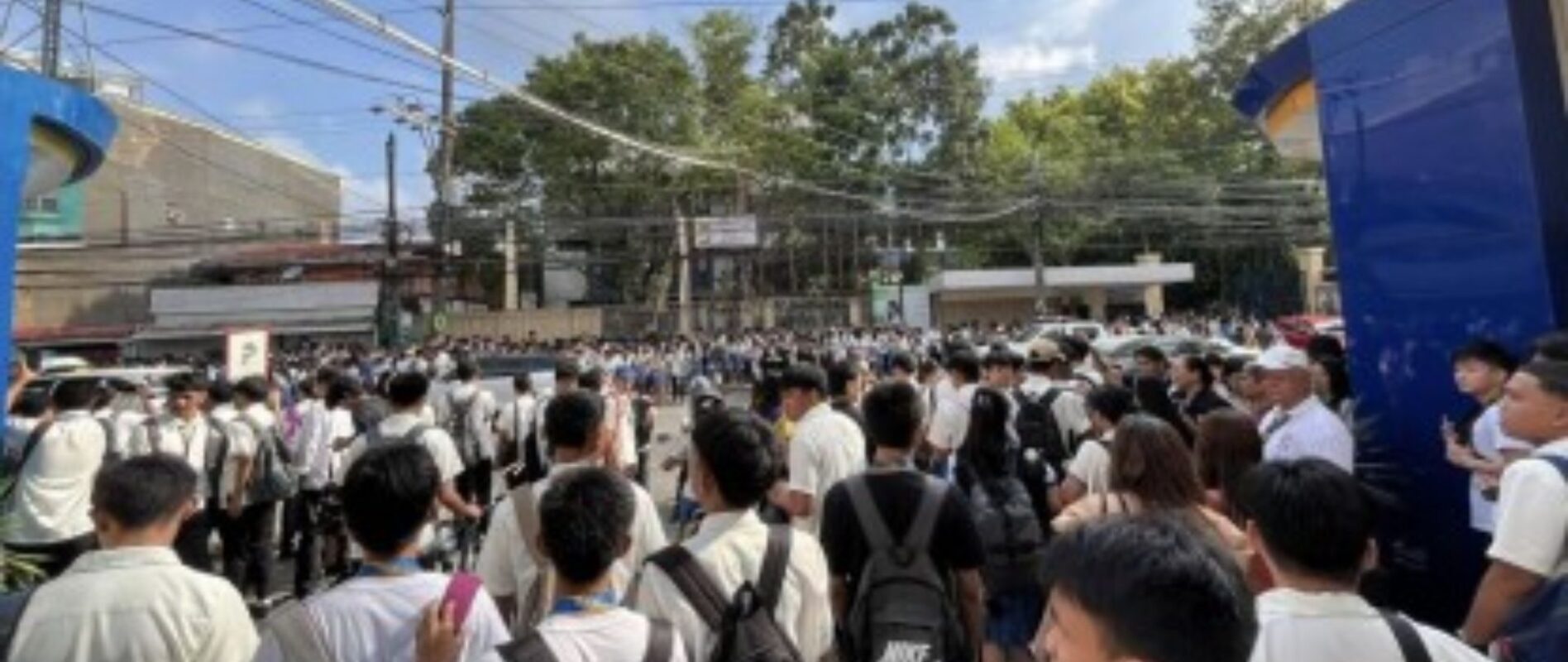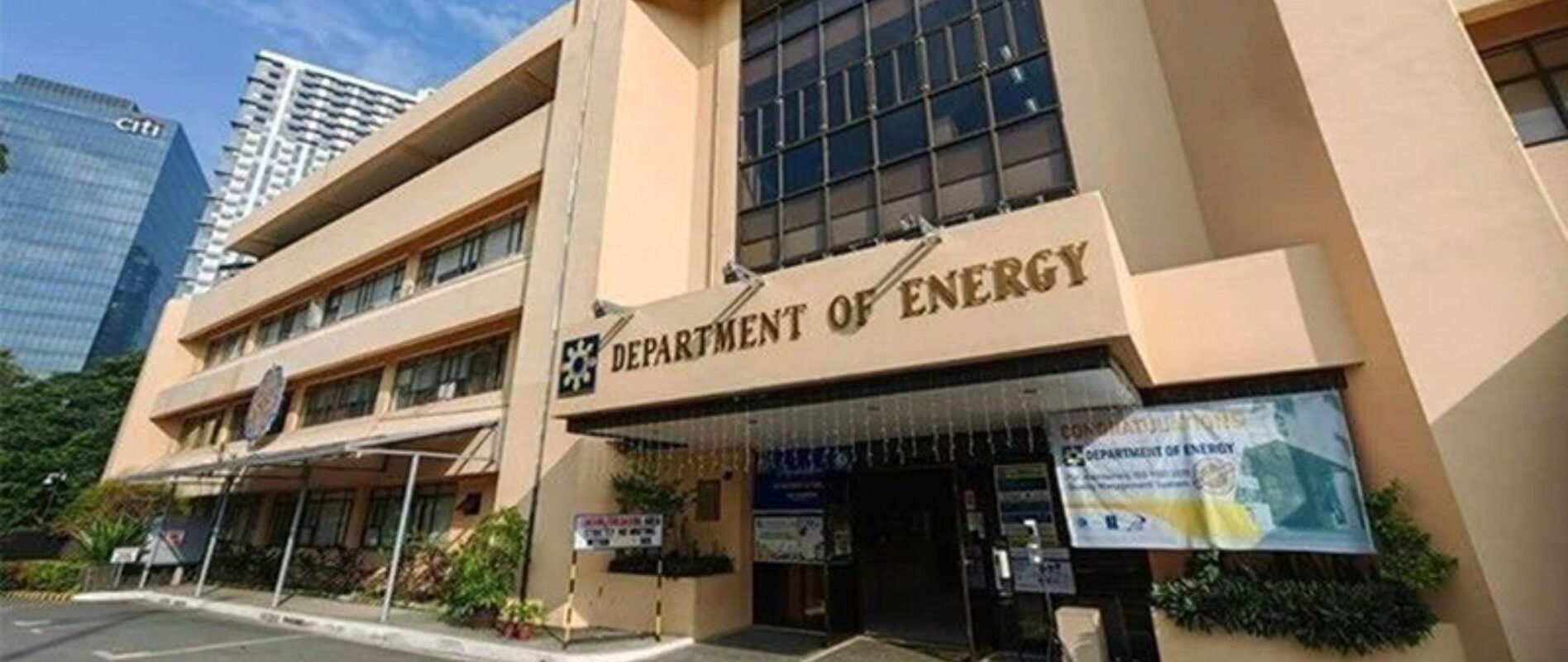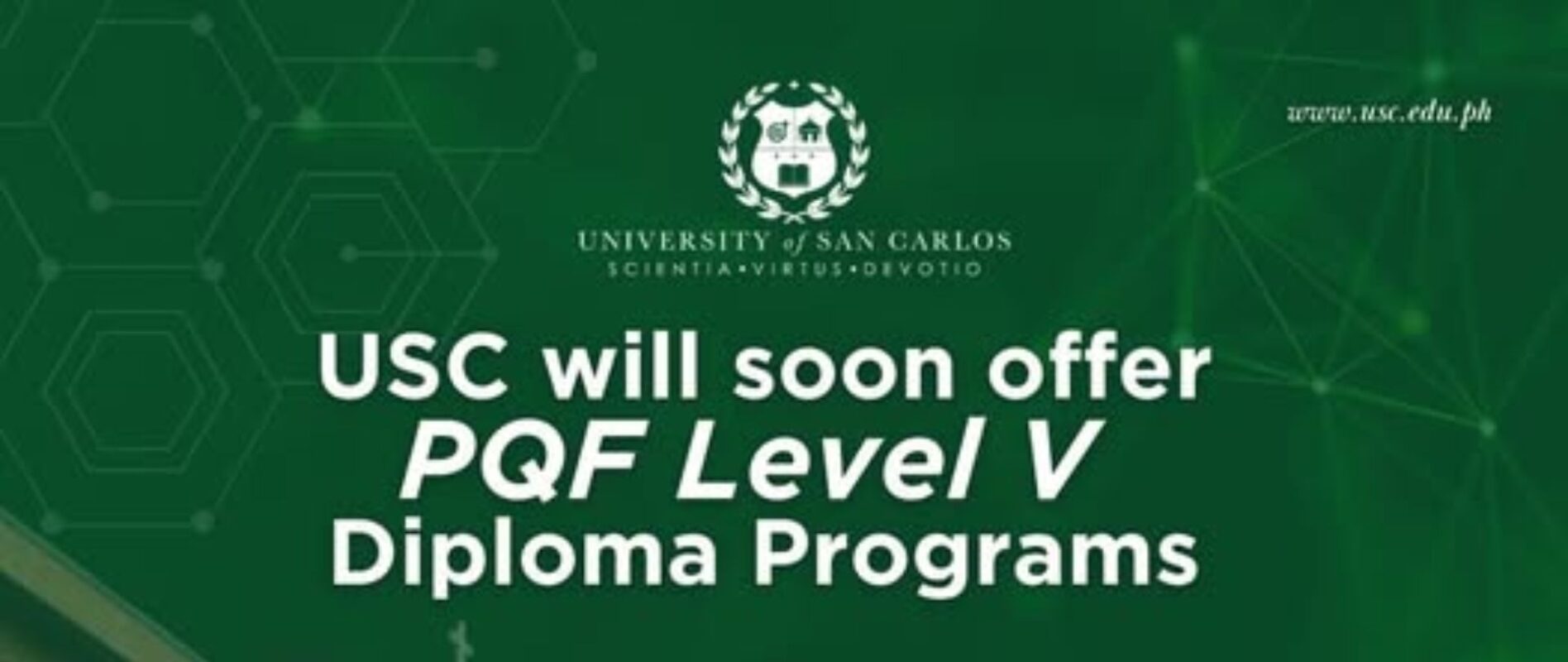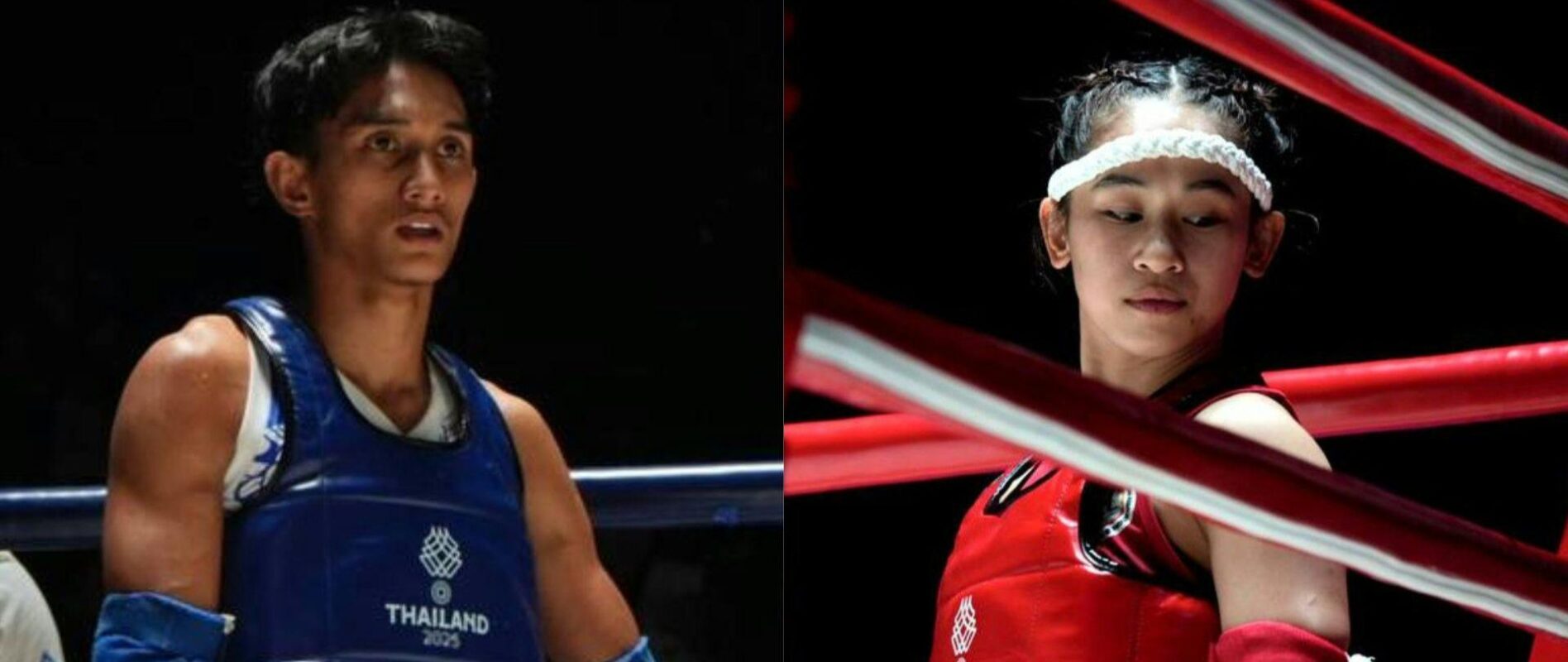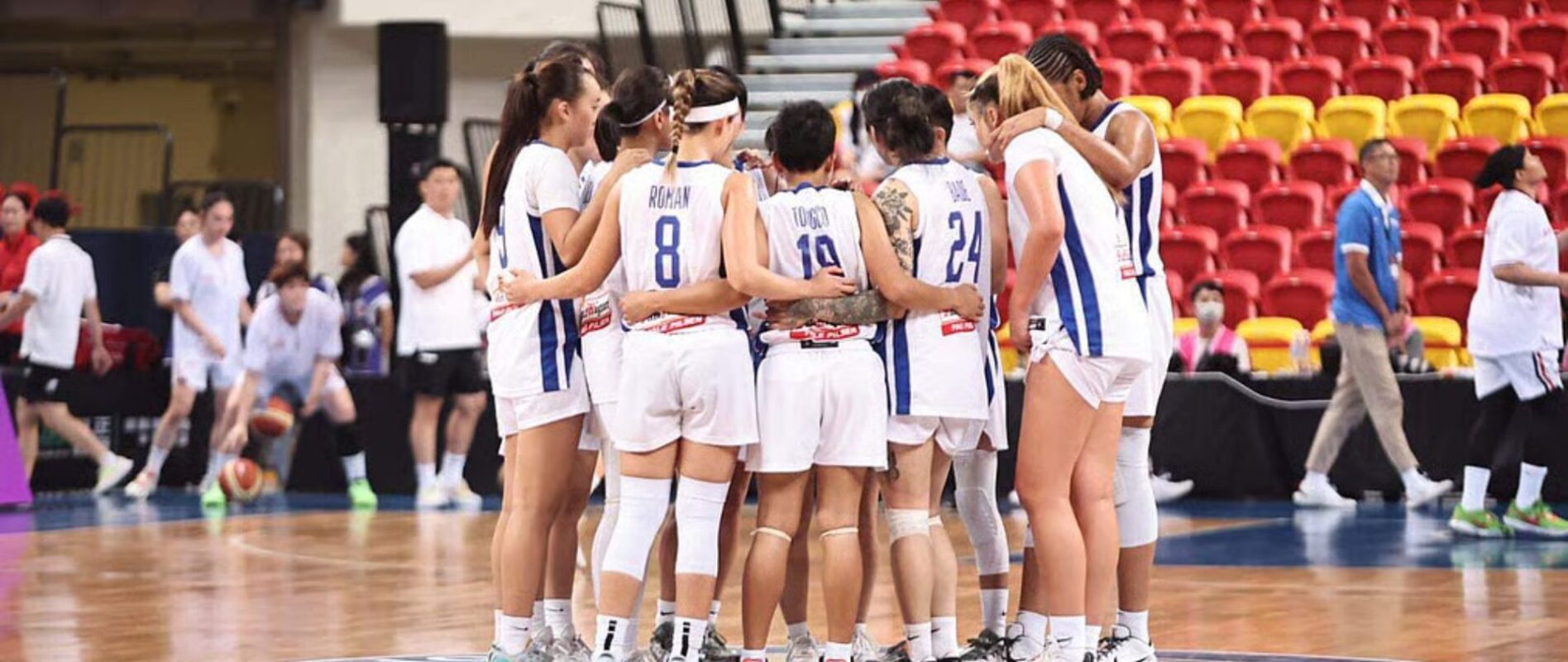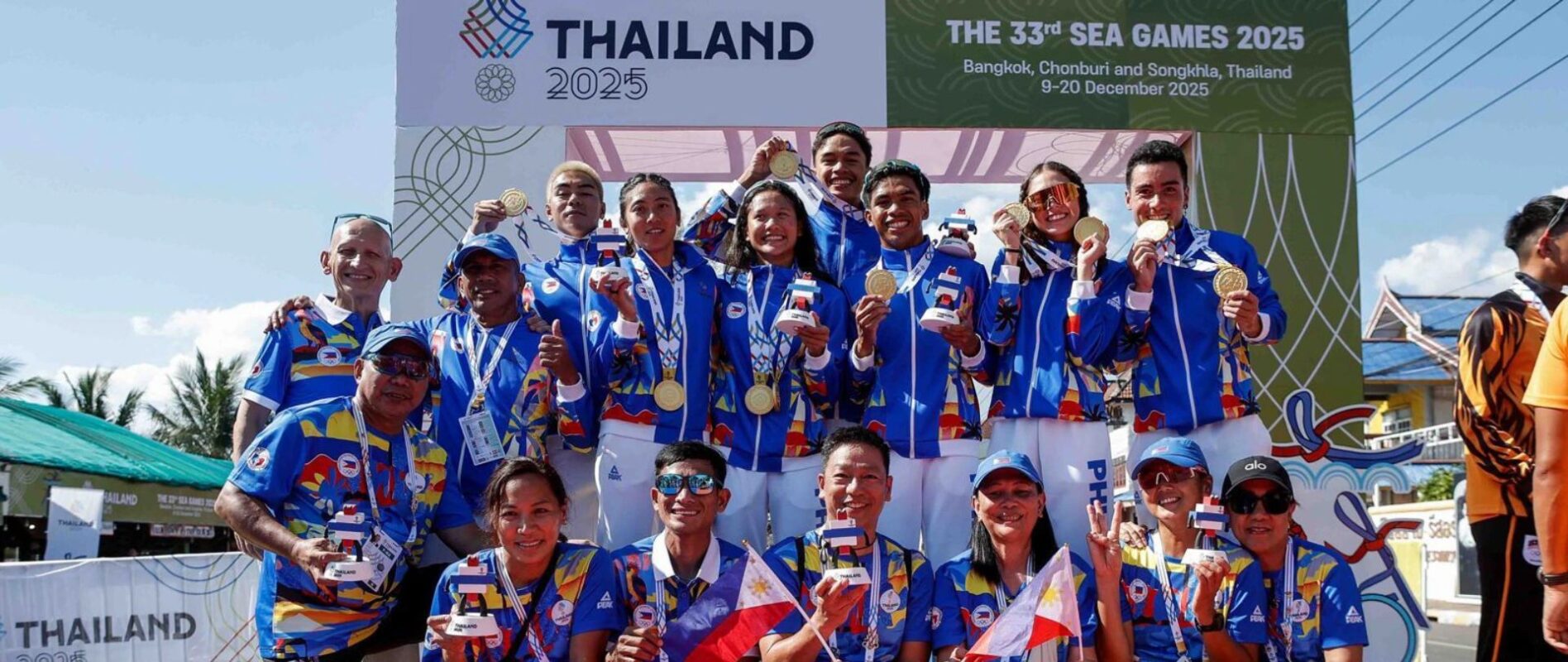INSTITUTIONALIZE ‘BLENDED’ EDUCATION, SAYS EDUCATION THINK TANK
AN EDUCATION think tank is pushing for a legislation institutionalizing online or ‘blended’ education as signs show internet-based learning is creating renewed zealousness for learning among young students across all levels.
Massive cases of Covid19 compelled many schools to resort to online methods of teaching following the outbreak of the pandemic last year.
Online learning thus, became part of the blended learning mode in the country.
By ‘blended’, it also means traditional face-to-face system and the use of radio and television, according to the Department of Education.
Repeated studies of education expert Philippine Normal University (PNU) proved that online education is inevitably becoming pertinent in twentieth-century education.
Researches over the last 10 years compiled by Dr. Edna Luz Raymundo-Abulon of PNU even indicate that technology, as part of other education strategies, can spell the difference in Philippines reversing the so-called brain drain phenomenon.
Apparently, the brain drain phenomenon — where Filipino teachers choose to rather work abroad than teach here — is caused not only by the low wage offer at home, but also the lack of opportunities for growth.
New methods in teaching through technology may turn out to be the hope toward brain gain -winning back home the lost teaching workforce.
The PNU research is a compilation of 89 published researches in recognized refereed scientific journals and 38 research reported to the Educational Policy Research and Development Center.
The researches were authored by PNU teaching professionals and conducted from 2010 to 2020.
The report supports PNU’s mandate under Republic Act 9647 which designated the school as the country’s National Center for Teacher Education.
It made PNU a center on innovations and alternative systems and utilization and application to teachers’ training and development.
PNU teacher-researchers are among those that instruct the country’s learners in grade school, high school, college, and teaching leaders and administrators. PNU also trained many teachers in more difficult subjects under STEAM (Science, Technology, Engineering, Agriculture, and Mathematics).
The use of technology in (via blended modality) higher education has been proven to be effective as this was especially true for teaching Learning Management Systems — a software for administering of educational or training programs (Balagtas et al. 2018).
Even for learners in basic education, technology has been known to enhance learning.
A study on MyOpenMath, an online learning management system in grade school, was found to have helped young students not only learn Math efficiently.
More so, the study of Sarmiento and Prudente discovered that a practical function of MyOpenMath is preventing copying of homework among students, ensuring pupils’ authentic Math learning.
To explore students’ thoughts regarding blended learning, students’ perception has been solicited in another PNU study (Mancao and Morales, Abulon, Ermita & David), which showed that blended learning — integrating online lectures with classroom lectures — is an ‘efficient and effective’ way to teach or learn college courses.
But while college students have positively welcomed the use of internet and gadgets (laptop, netbook, mobile phone) as part of education, the problem oftentimes is the lack of readiness in using these devices.
Cost of gadgets and internet connection remain to be a major hindrance to online learning. Moreover, the presence of qualified teachers adept in software and hardware is another problem.
Legislative policy comes in this regard in order to ensure that gaps in blended learning is collectively addressed by the Department of Education, Department of Information and Communications Technology, and relevant agencies.
As government thrust to enhance education on STEAM, the PNU report stressed that new pedagogies (teaching methods) including the use of technology must be introduced.
“Proper assistance must be given by universities in implementing new pedagogies. For instance, with blended learning, standard templates, class schedules, and online rules must be developed (Mancao et al., 2015).”
“In any new or innovative strategy to be implemented, it must first be determined that there are enough resources, instructors must be properly trained, and students must be involved in ensuring that these pedagogies are properly applied.”
Blended learning is actually being suggested as a solution to addressing the problem of large classes across all levels in the country. Ideal class size may just be 20-30 students per class, but it is not uncommon to find classes of 40 and above even in grade school.
“Studies looked at approaches that can be used in order to address limitations like large classes. One such study examined the effective teaching strategies that can be applied in large classes (Reyes & Dumanhug, 2015). Another study looked at an innovative approach that can integrate technology in teaching-blended learning,” reported Abulon.
The fact remains gaps in technology use in schools have to be addressed.
One basic facility to be enhanced in higher learning (college and graduate) is online library. PNU itself promotes a web-based research management system as part of developing a university research portal.
At PNU, the web-based research portal developed provided a fast, systematic, and organized research management system that keeps record and tracks all research activities in the university.
In higher education (college and graduate schools), there should be policies to ensure the curriculum is relevant to present needs of the society.
“Archaic ways which no longer serve their purpose must not be retained (e.g., Anito & Morales, 2019).”
“Higher education could greatly benefit from technology, such as in the delivery of training using a blended modality (Balagtas et al., 2018).”
Moreover, a PNU research found out online learning is not only effective as it can also be fun and enjoyable as one class in a Teacher Education Institution showed. A TEI is a school focused on training teachers.
“The use of low-cost tablets wherein online and offline course-related activities were implemented to an intact class in a TEI was piloted for a semester. It found out that learning became enjoyable with the tablet because of the many useful apps that could optimize learning (Cacho et.al, 2017).”
The use of smartphones (in-class and after-class) was also explored in a class of pre-service teachers (Cacho 2017).
“The study highlighted the functionalities of the apps in android phones commonly used by the students in relation to better access to relevant information. There is cohesiveness during collaborative learning activities.”

